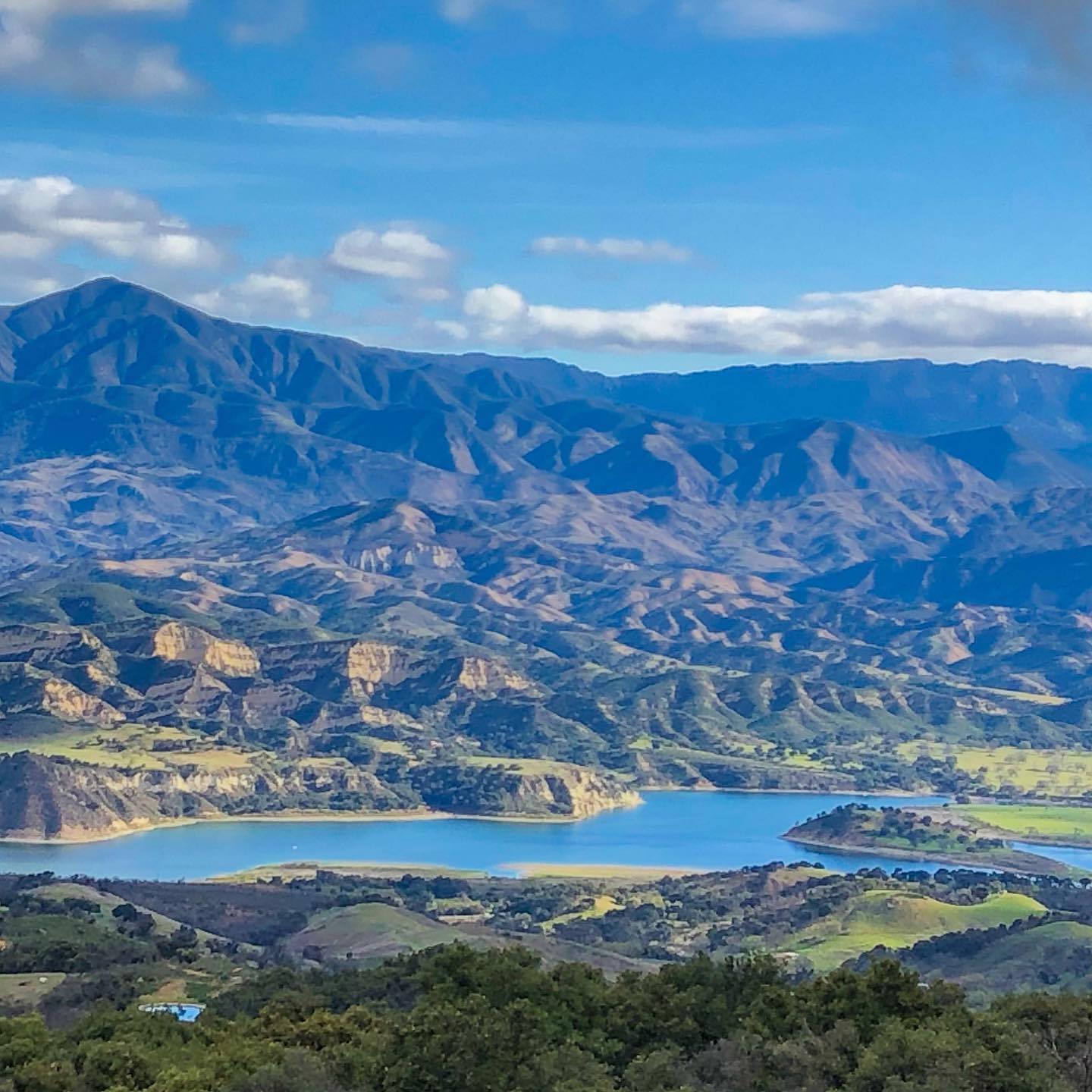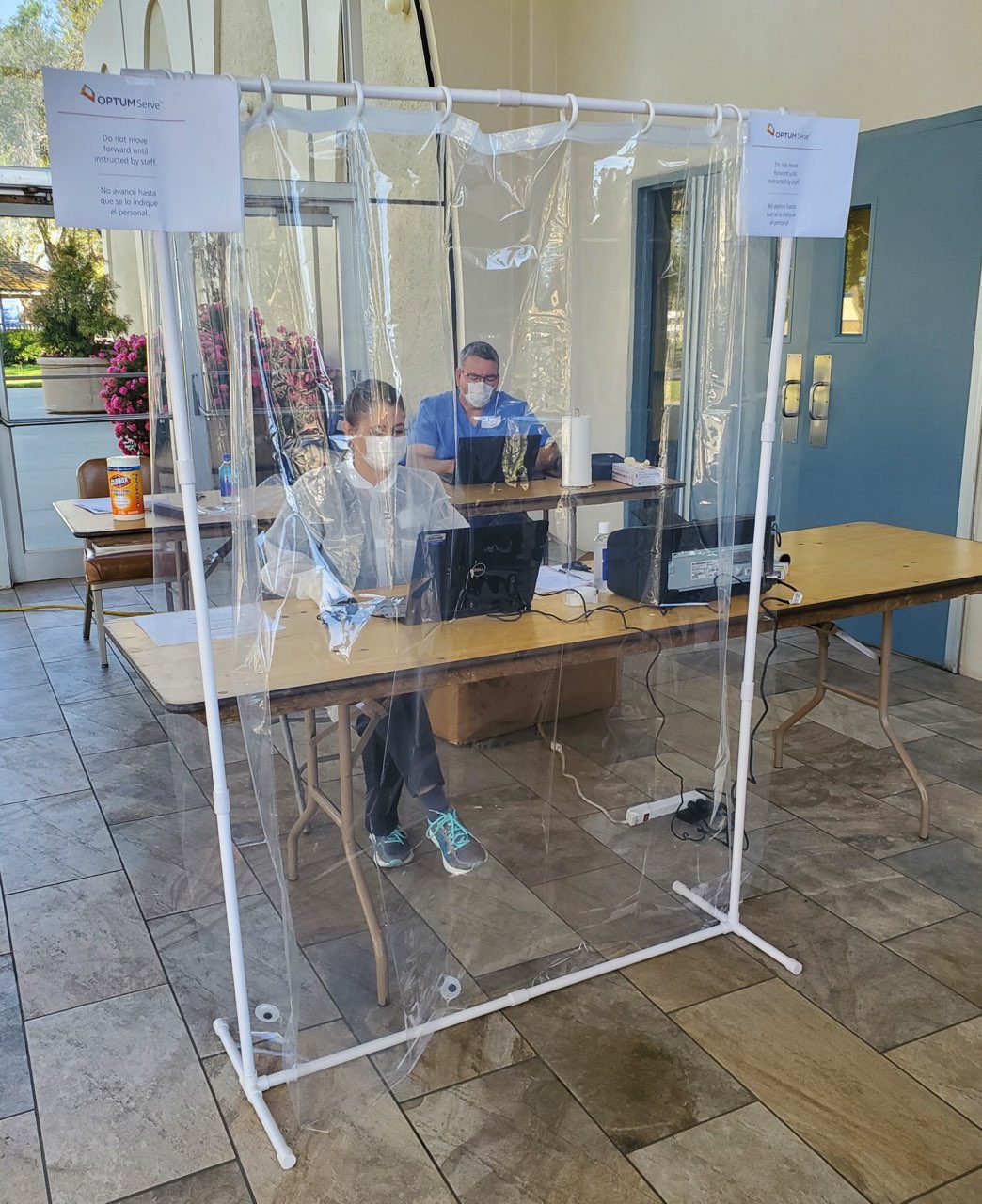By Tom Bolton,
Noozhawk Managing Editor
It wasn’t exactly a “March Miracle,” but the precipitation Santa Barbara County received this spring rescued what otherwise had been a fairly sorry rain season and gave a healthy boost to local water supplies.
As of Monday, the county as a whole had received 95 percent of its average rainfall to date, according to the Flood Control District.
At the beginning of March, that figure stood at only 57 percent.
A series of springtime storms made the difference, with most local communities receiving well above their average rainfall amounts for the March-April period, and some even getting double.
“We’re really happy,” said Joshua Haggmark, water resources manager for the city of Santa Barbara. “Where we were just a month ago was pretty dismal.”
Beyond the general benefit to the environment, the rains have significantly boosted local water supplies.
Lake Cachuma, the Santa Ynez Valley reservoir that is a major water supply for much of the county, is now at 81 percent of capacity, a level it last reached a year ago.
The lake has risen almost eight feet since its low point on March 9, and today stands at about 9 feet below spill level.
“Without Cachuma being full, we’re in about as good a shape as we’ve been in the last few years,” Tom Fayram, deputy director of water resources.
Fayram noted that Gibraltar Reservoir and Jameson Lake upstream on the Santa Ynez River are both full and spilling, which means most of the water coursing down through the watershed will end up in Cachuma.
The river continues to flow downstream from Cachuma as well, Fayram said, which recharges groundwater basins.
The city of Santa Barbara, which expects about half its water to come from Cachuma this year, is working on a water supply update, Haggmark said, noting that is scheduled to be presented to the City Council next month.
Santa Barbara has begun taking water from its Gibraltar Reservoir, Haggmark said, and will get a significant portion of its supply from the municipal desalination plant.
In addition, the city expects in coming months to finalize a deal with the Montecito Water District to share the desal supply.
In the meantime, Santa Barbara is planning to keep its wells idle to allow the groundwater basins to replenish, Haggmark said.
Dave Matson, assistant general manager for the Goleta Water District, told Noozhawk that the recent rains and improved reservoir conditions definitely will benefit the district’s estimated 87,000 customers.
“We anticipate having full water supplies from the lake for the next two to three years,” he said.
In a typical year, the district supplies about 16,500 acre-feet of water to its customers, and about 75 percent of that will come from Cachuma this year, Matson said.
Goleta will limit pumping from its groundwater basins, Matson said, using those supplies primarily to maintain water quality.
The district does not expect to tap into its 7,450-acre-foot entitlement in the State Water Project at all, Matson said.
State officials have not yet revealed what the allocation levels for State Water will be this year.
On the broader front, the United States Drought Monitor map for California no longer has Santa Barbara County in any kind of drought status, after it was listed as “abnormally dry” at the beginning of March.
In that regard, Fayram noted that “there a difference between drought and a stable water supply; they are two different things.”
But he added that “we’re definitely in a way better position than we were just a couple years ago.”
— Noozhawk executive editor Tom Bolton can be reached at tbolton@noozhawk.com.







